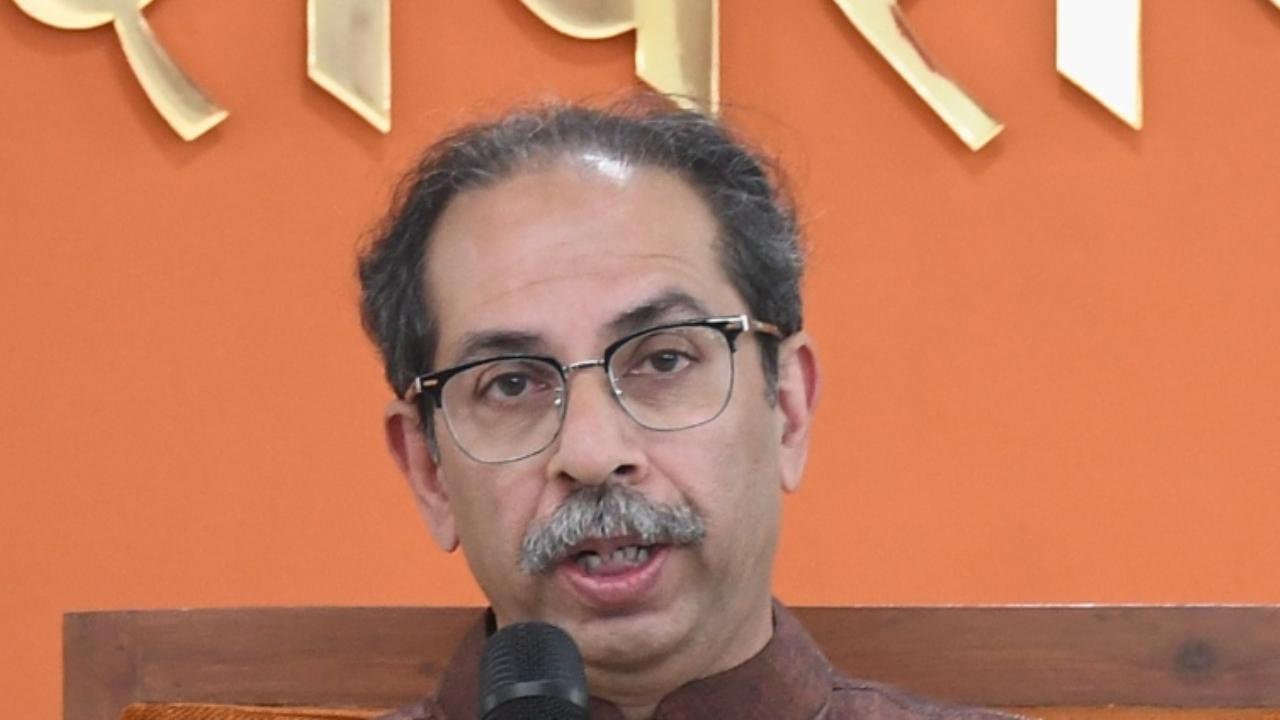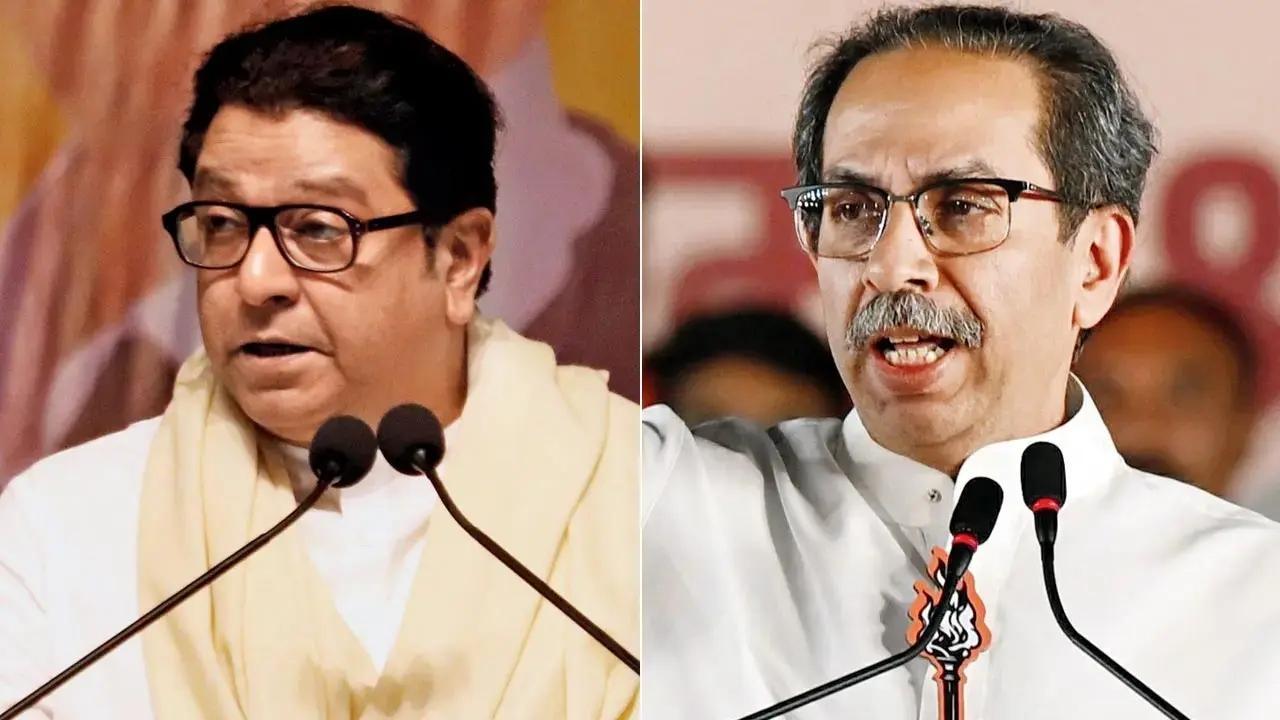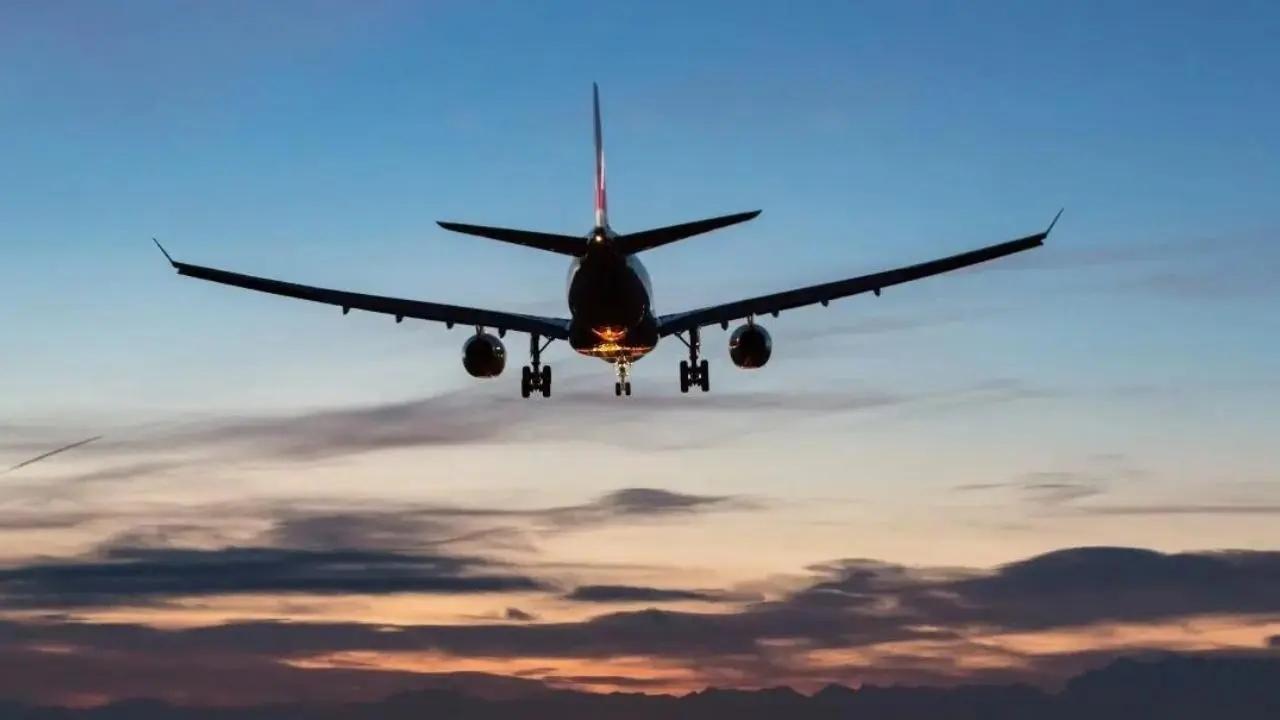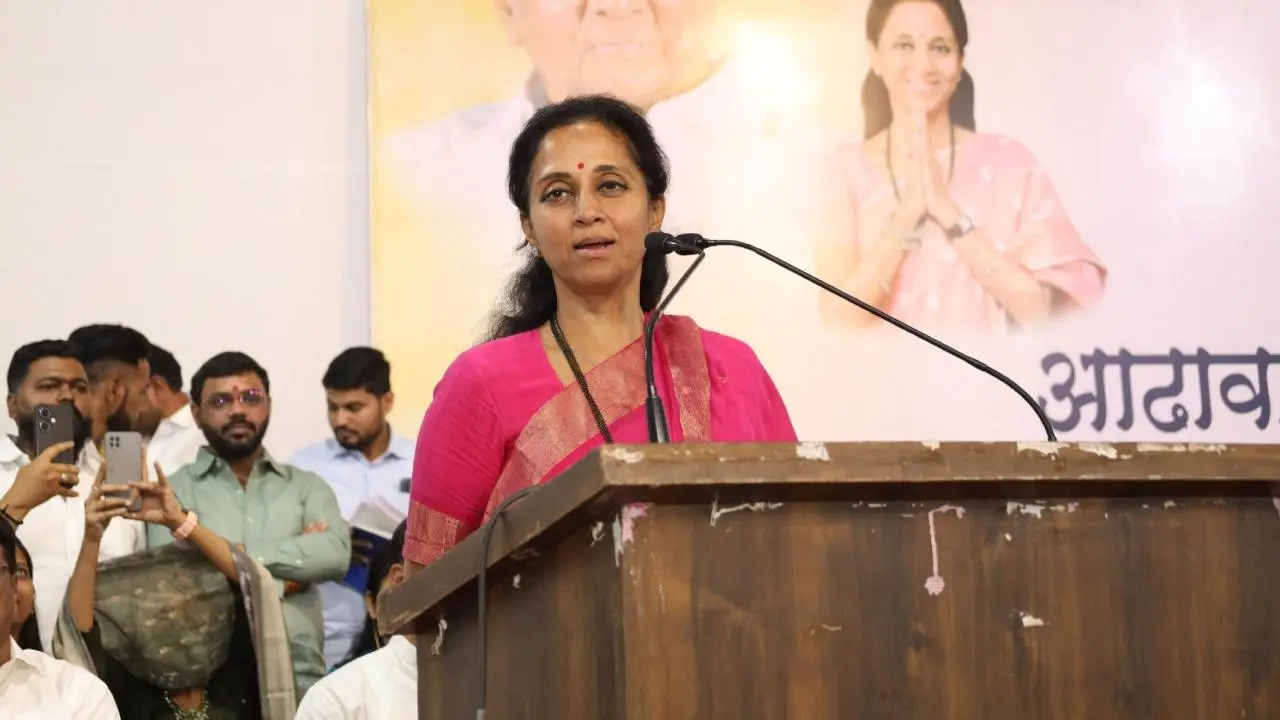
The Navi Mumbai Metro is rapidly transforming public transportation in the city, offering a modern and efficient solution to meet growing mobility needs and support the expanding urban landscape. Spearheaded by the City and Industrial Development Corporation (CIDCO), the metro aims to provide seamless connectivity within Navi Mumbai and strengthen links with Greater Mumbai.
“The Navi Mumbai Metro project has been planned to offer excellent intra-city connectivity within Navi Mumbai. Metro Line No. 1, developed from Belapur to Pendhar, has received an encouraging response from commuters since day one. This line ensures efficient connectivity to CIDCO housing complexes in CBD Belapur, Taloja MIDC, Kharghar, and Taloja. Work on Metro Lines 2, 3, and 4 will also commence in the near future. Furthermore, an ambitious plan is underway to connect the Navi Mumbai International Airport (NMIA) with Chhatrapati Shivaji Maharaj International Airport (CSMIA) through the Mumbai Metro network,” said Vijay Singhal, Vice Chairman & Managing Director – CIDCO.
CIDCO has envisioned the implementation of the Navi Mumbai Metro in multiple phases, covering a total corridor length of 25 km. The first phase—Metro Line 1 from CBD Belapur to Pendhar—became operational in November 2023. Operated by Maha Metro, this elevated corridor marks a significant leap forward in the city’s transport infrastructure.
In response to the increasing traffic demand fueled by economic growth and the upcoming Navi Mumbai International Airport, CIDCO is actively pursuing the development of additional metro corridors. These new lines will further enhance regional connectivity and ease the commute for thousands of daily passengers.
Extension of Metro Line 1: Operational Success and Future extensions (Belapur to NMIA)
Metro Line 1 currently runs from Belapur to Pendhar, covering 11.1 km and facilitating the daily commute of thousands of commuters. This stretch has enhanced accessibility to key residential and commercial areas. CIDCO is further extending this line (Metro Line 1A) from Belapur to NMIA via the sagarsangam interchange station with proposed Metro Line 8 opposite NMMC HQ adding 3.02 km. This will allow passengers to access both airport terminals via metro, reducing reliance on road-based transport.
Operations Control Center (OCC):
The OCC for Navi Mumbai Metro Line 1 oversees the planning, real-time monitoring, and control of train movements. It ensures punctuality, safety, and coordination with service teams, enabling smooth metro services.
Metro Train Driving Simulator:
To ensure operational excellence, CIDCO has introduced a metro driving simulator for training operators. This computer-based system mimics real train dynamics, offering a highly realistic environment for driver training and control system familiarization.
Metro Line 2 (Pendhar to NMIA T-4)
Metro line 2 is planned to connect Pendhar to NMIA (east side via Pendhar), and is expected to enhance connectivity to rapidly developing areas. With a total length of approximately 15 km, this line will provide a direct link to PMAY housing schemes and the Taloja MIDC Industrial belt. This corridor will benefit not only daily office-goers but also workers employed in manufacturing hubs at Taloja MIDC.
CIDCO is currently carrying out the Detailed Project Report (DPR) for this corridor, which is expected to significantly increase ridership due to the dense population and industrial activity in the region.
Metro Line 8 (CSMIA – NMIA Connectivity): Connecting Two Airports
One of the most ambitious plans under CIDCO’s Vision is metro line 8, which will connect Chhatrapati Shivaji Maharaj International Airport (CSMIA) (Mumbai Airport) to NMIA (Navi Mumbai International Airport), As a part of the Comprehensive Transportation Study (CTS – 2021) For the Mumbai Metropolitan Region (MMR), this line will cover a distance of approximately around 35 km.
Metro line 8 will start at CSMIA T-2 Terminal station and run underground between the CSMIA and Chedanagar, then it run elevated till NMIA. The alignment passes along key areas like Kurla, LTT, Mankhurd, Vashi, Nerul and Belapur. The salient features of the Metro line are as follows;
Approx Length: 35 Km.
Underground Length: 9.25Km
Elevated Length: 25.63Km.
The Proposed line will strengthen inter-airport connectivity and cater to growing domestic and international passenger traffic. It is also expected to enhance the ease of transfer between the two airports, on tight schedules or connecting flights. The Project also aims to decongest surrounding roadways and reduce travel time for airport-bound commuters.
Key Benefits of the Navi Mumbai Metro Network
• Reduced Traffic Congestion: with rising vehicular load on city roads, the metro provides a much needed high capacity transit alternative that eases congestion and improves commute time
• Environmental Sustainability: Being an electric, elevated metro, it supports low-emission urban transport, contributing to the city’s climate goals
• Economic Developments: The metro corridors stimulate growth around their stations, leading to increased real estate value, job creation, and commercial investments
• Enhanced Airport Accessibility: Seamless metro links to NMIA make it a globally competitive airport with high-quality multi-modal connectivity
Integration with other Transport Modes: The planned line is expected to offer smooth integration with suburban rail, buses, and future transport systems, making travel more efficient.
Multimodal and Inclusive Infrastructure:
The Navi Mumbai Metro integrates several commuter-friendly features:
• Multimodal Connectivity: Seamless integration with city buses and future transport systems.
• Accessibility: Elevators and escalators at all stations for ease of use.
• Public Amenities: Clean and well-maintained restrooms, designated parking, and passenger assistance.
• Noise Management: Special sound control systems near stations to maintain urban tranquillity.
Driving Urban Transformation
The metro network is expected to benefit a population of over 500,000 in South Navi Mumbai, drastically improving commute patterns and fueling urban development. The overall infrastructure push, including NMIA, metro, and commercial hubs, is set to establish Navi Mumbai as a leading regional centre.
CIDCO’s proactive planning and investment into metro rail has not only addressed Navi Mumbai’s current transport challenges but is also laying the foundation for a modern, sustainable, and connected future.
A Vision Backed by Strategic Planning
Considering the long-term mobility needs of Navi Mumbai, CIDCO conducted in-depth feasibility studies to explore the most suitable transportation solutions. Metro rail emerged as the most efficient and sustainable option. The Government of Maharashtra appointed CIDCO as the nodal agency to implement priority corridors like Belapur- Pendhar- Kalamboli- Khandeshwar ensuring that urban growth is well-supported by transit infrastructure.












